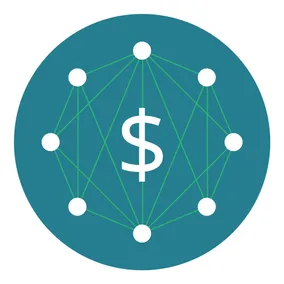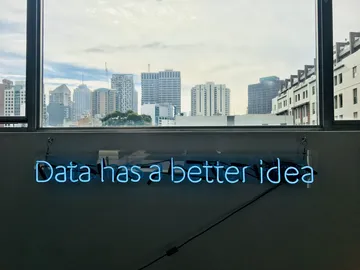Value Over Invention: Breaking Down the Promise of IoT (Part 1)

Shaan Savarirayan, Former Developer
Article Categories:
Posted on
Understand the true value proposition of the Internet of Things and how your business can best leverage it in a meaningful way.
This article is part of a series, stay tuned for Part 2.
There was a time when data was not everywhere - at least, not for us. Digital information was created, processed and stored through the active input of a user. It was voluntarily generated, instead of passively observed, and thus there was less of it, as it was filtered by the most imprecise and inattentive of sensors: the human being. Data was limited by people—limited to what we could observe, what we paid attention to and what we deemed worthwhile.
Then the future arrived, and the world exploded with data. Advances in hardware, connectivity, and computing opened us up to the idea that data was - and is - everywhere, accessible through the ever-growing Internet of Things (“IoT”). Increasingly accurate and versatile sensors could be deployed in creative ways, feeding information to agile microcomputers that would upload the data to be processed and accessed on the internet. From the nutrient profile of a sea urchin farm in Hokkaido to the customer satisfaction at Disneyland, the world now appeared data incarnate—measurable, analyzable and, if the hype is real, leverageable.

But delineating the hype from the truly valuable is no simple task. It’s a distinction that businesses, investors and entrepreneurs are wrestling with, attempting to differentiate short-lived fads from the long-lasting innovations. It’s a familiar problem, one faced by any new technology or paradigm (IoT’s sister technologies, blockchain and artificial intelligence are in the throes of a similar soul-searching process). But what’s perhaps unique to IoT is not only the diversity of its potential applications - some more valuable than others - but also the sheer variety of the tech itself. From wearables to smart factories, private networks to open platforms, the Internet of Things takes many forms. Indeed, there actually isn’t just one internet of things. It is less a technology and more an idea, a notion of a highly communicative and informed infrastructure enabled by connected devices. Its nebulousness speaks to its wide-ranging possibilities but also indicates a lack of a focused value-add.
How can businesses then integrate IoT in a meaningful, valuable way that has continued impact and relevance, and, at the end of the day, continued profits? The unfortunate truth is that, though it is abundant, not all data is created equal. In theory, IoT technologies are relevant to any industry where otherwise untapped physical data can be leveraged. But that data comes at a cost, necessitated by expensive hardware development and maintenance, network infrastructure, and mechanisms for data processing, human or artificial, all of which increase as you scale. The key is adopting a “needs-first” approach: pinpointing critical gaps in business processes or consumer experience and leveraging the data insights delivered by IoT to address them in a meaningful way. In short, the data has to be worth it.
The key is adopting a “needs-first” approach: pinpointing critical gaps in business processes or consumer experience and leveraging the data insights delivered by IoT to address them in a meaningful way.
The following articles in this series will focus on this idea in the context of three major arenas that have seen the largest adoption of IoT technology:
- consumer products
- experiential marketing
- industrial infrastructure
All three have different iterations and use cases of connected devices across the various industries they capture, a testament to the technology’s fluidity. And all three are also in the process of hashing out the true value proposition of those devices. By applying the philosophy of value over invention, needs over novelty, businesses operating in these areas can figure out if the Internet of Things is right for them and decide how best to integrate with it. Stay tuned and stay connected.